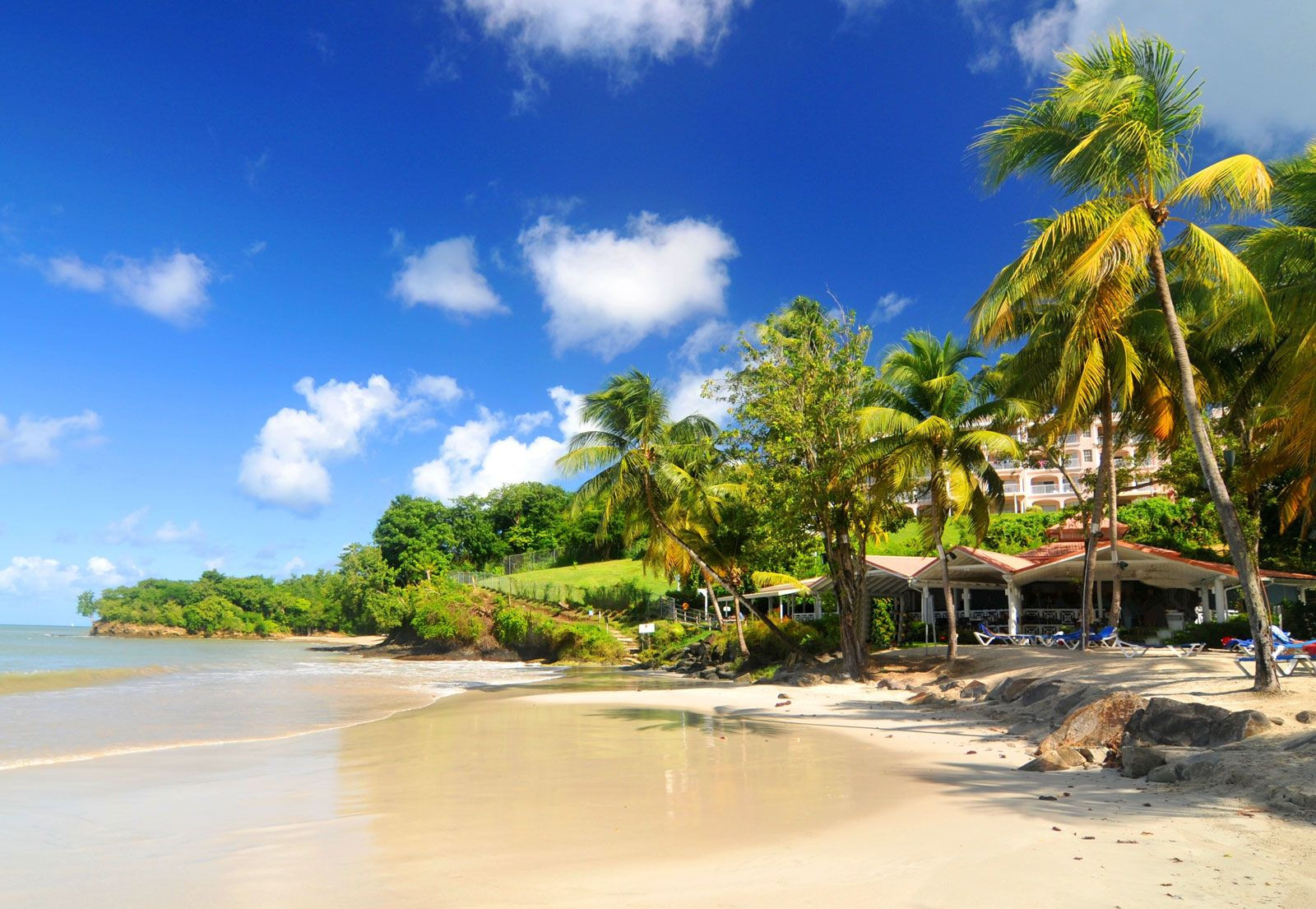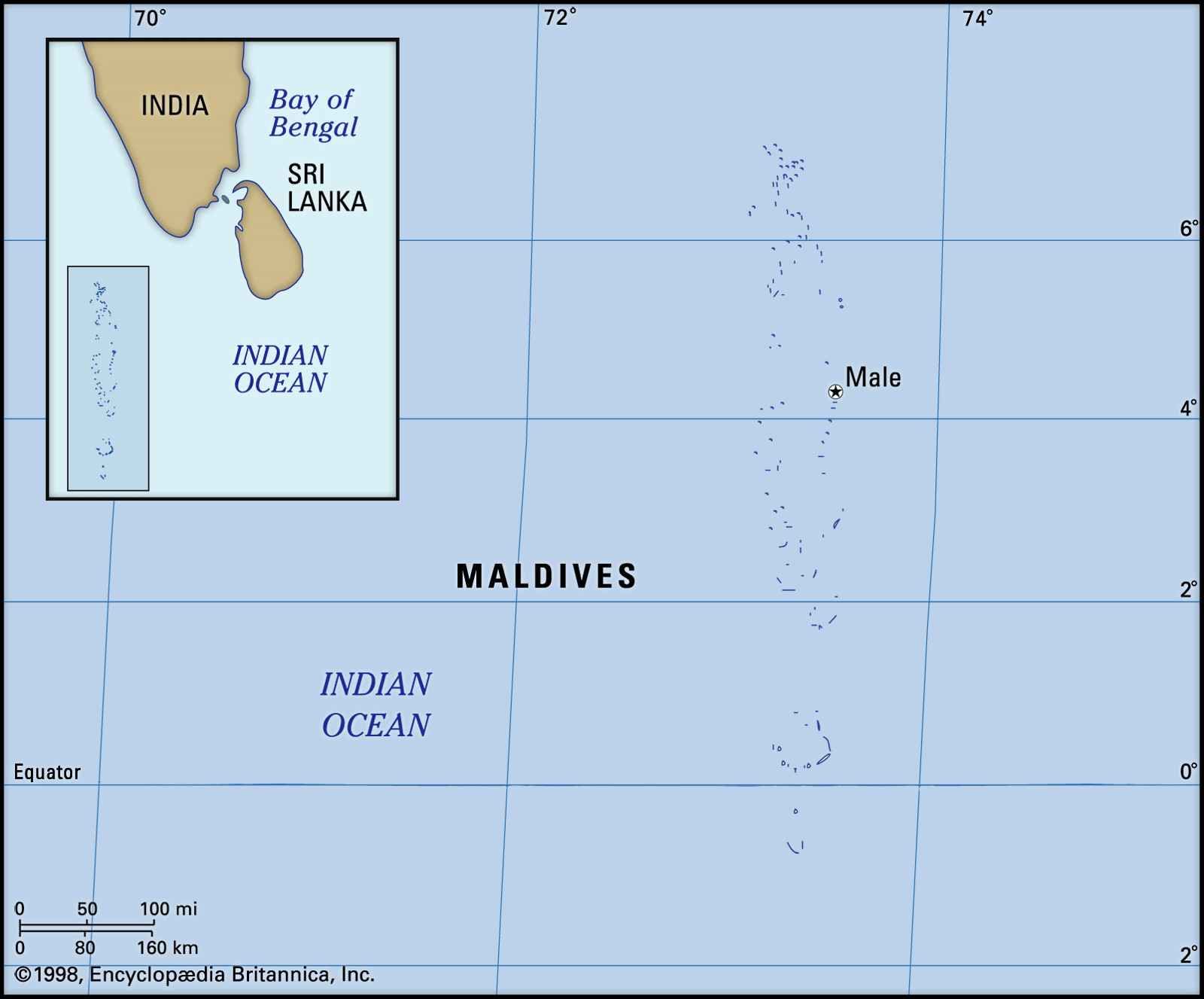The question “Where Is Maldives Island?” is a gateway to discovering one of the most breathtaking destinations on Earth. The Maldives is not just one island, but an enchanting archipelago nation located in the north-central Indian Ocean. Imagine a string of pearls scattered across a vast blue canvas – that’s essentially the Maldives. To pinpoint its precise location, picture the southern reaches of India and the southwest of Sri Lanka. About 370 miles (600 km) south-southwest of the Indian mainland, you’ll find the northernmost atoll of this island paradise. The capital, Malé, sits roughly 400 miles (645 km) southwest of Sri Lanka. This strategic location in the Indian Ocean has shaped the Maldives’ history, culture, and even its stunning geography.
Understanding the Geography of the Maldives
To truly appreciate where the Maldives is, it’s essential to understand its unique geographical composition. This island nation is a chain of approximately 1,200 coral islands and sandbanks. Only around 200 of these islands are inhabited, adding to the allure of untouched natural beauty. These islands are not solitary formations but are grouped into clusters known as atolls. In total, there are 26 atolls, which are ring-shaped coral reefs enclosing a lagoon. This atoll structure is a defining feature of the Maldives’ geography, born from ancient volcanic activity beneath the ocean’s surface.
The islands themselves stretch over 510 miles (820 km) from north to south and 80 miles (130 km) from east to west. Despite this expansive reach, the land area is remarkably small, totaling just about 115 square miles (298 square kilometers). This makes the Maldives one of the smallest countries in the world and the smallest in Asia. The islands are incredibly low-lying, with no point exceeding 6 feet (1.8 meters) above sea level. This low elevation makes the Maldives particularly vulnerable to rising sea levels, a critical concern for the nation’s future.
 Maldives Island Resort Overview
Maldives Island Resort Overview
Climate and Seasons in the Maldives
The Maldives enjoys a tropical monsoon climate, characterized by warm temperatures and sunshine year-round. The average annual temperature ranges from a pleasant 76°F to 86°F (24 to 30°C). Understanding the monsoon seasons is key to planning a trip. The southwest monsoon, from May to August, brings the rainy season. Conversely, the northeast monsoon, from December to March, delivers dry and mild winds, making it the peak tourist season. Rainfall averages around 84 inches (2,130 mm) annually. The consistent warmth and the seasonal shifts in rainfall and wind patterns are crucial aspects of the Maldives’ environment and influence its ecosystems and activities.
A Rich History Shaped by Location
The location of the Maldives has profoundly influenced its history. Strategically positioned in the Indian Ocean, it became a crossroads for trade and cultural exchange. The earliest settlers are believed to have been Tamil and Sinhalese peoples from southern India and Sri Lanka. Over centuries, traders from Arab nations, Malaysia, Madagascar, Indonesia, and China visited, leaving their mark on the Maldivian gene pool and culture.
In 1796, after the British took control of Ceylon (now Sri Lanka), the Maldives transitioned into a British protectorate, formalized in 1887. This lasted until 1965 when the Maldives achieved complete political independence. Independence Day is celebrated on March 29th, commemorating the departure of British troops in 1976. The legacy of these historical interactions is evident in the Maldivian language, Dhivehi, an Indo-European language with influences from Arabic, Hindi, and English, all commonly spoken in the islands today.
 Maldives World Data Locator Map
Maldives World Data Locator Map
People and Culture of the Maldives
The Maldivian population is largely homogenous, belonging to the Maldivian ethnic group, a blend of various settlers throughout history. Islam is the official state religion, deeply ingrained in the culture and laws of the Maldives. Non-Muslims cannot become citizens, and Islamic tenets guide the legal framework.
Outside of the capital Malé, the population lives in villages scattered across the atolls. Southern atolls are more densely populated than the northern ones, with only about 20 islands having more than 1,000 inhabitants. While the birth rate is above the global average, the death rate is lower, resulting in a youthful population, with over a fifth under 15 years old. Life expectancy is around 74 years for men and 79 for women, reflecting improvements in healthcare and living standards.
Economy: Tourism and Beyond
The Maldives economy has transformed dramatically since the 1970s, experiencing rapid growth driven primarily by tourism. While fishing was traditionally the economic backbone, tourism now far surpasses it, contributing significantly to the GDP. The gross national income (GNI) per capita has risen from one of the world’s lowest to upper middle-income levels.
Tourism thrives on the Maldives’ idyllic location, with over 130 resort islands offering luxury experiences. The unique marine environment provides exceptional diving, water sports, and even underwater accommodations. The service sector, dominated by tourism, now accounts for about four-fifths of the country’s GDP. Fishing remains important, with tuna as the primary catch, and continues to contribute to exports. However, industries are largely small-scale, including handicrafts, boat building, and some food processing. Agriculture is limited by land scarcity, necessitating food imports.
Government and Society
The Maldives operates as a multiparty republic with a president as head of state and government. The constitution, adopted in 2008, ensures universal suffrage for presidential and vice-presidential elections, each for a maximum of two five-year terms. The legislature, the People’s Majlis, is unicameral, with members elected from Malé and the 20 atoll groups.
The judicial system is headed by the Supreme Court, with judges appointed by the president and Judicial Service Commission. All judges must be Sunni Muslims, and decisions are based on the constitution, Maldivian law, and, where necessary, Islamic law (Sharīʿah). Healthcare is a priority, with a health center on every inhabited island and higher-level facilities on atoll capitals. Education is accessible, with various school types, but higher education opportunities within the Maldives are still developing.
Conclusion: Maldives – A Paradise Found
So, where is Maldives Island? It’s in the heart of the Indian Ocean, a geographical marvel composed of atolls and islands, blessed with tropical beauty and a rich cultural tapestry. Its location has shaped its history, economy, and way of life, transforming it into a sought-after paradise. From its stunning underwater landscapes to its warm, inviting culture, the Maldives offers an unforgettable escape, making the answer to “where is Maldives Island?” a starting point for an incredible journey.


 Maldives Physical Features
Maldives Physical Features